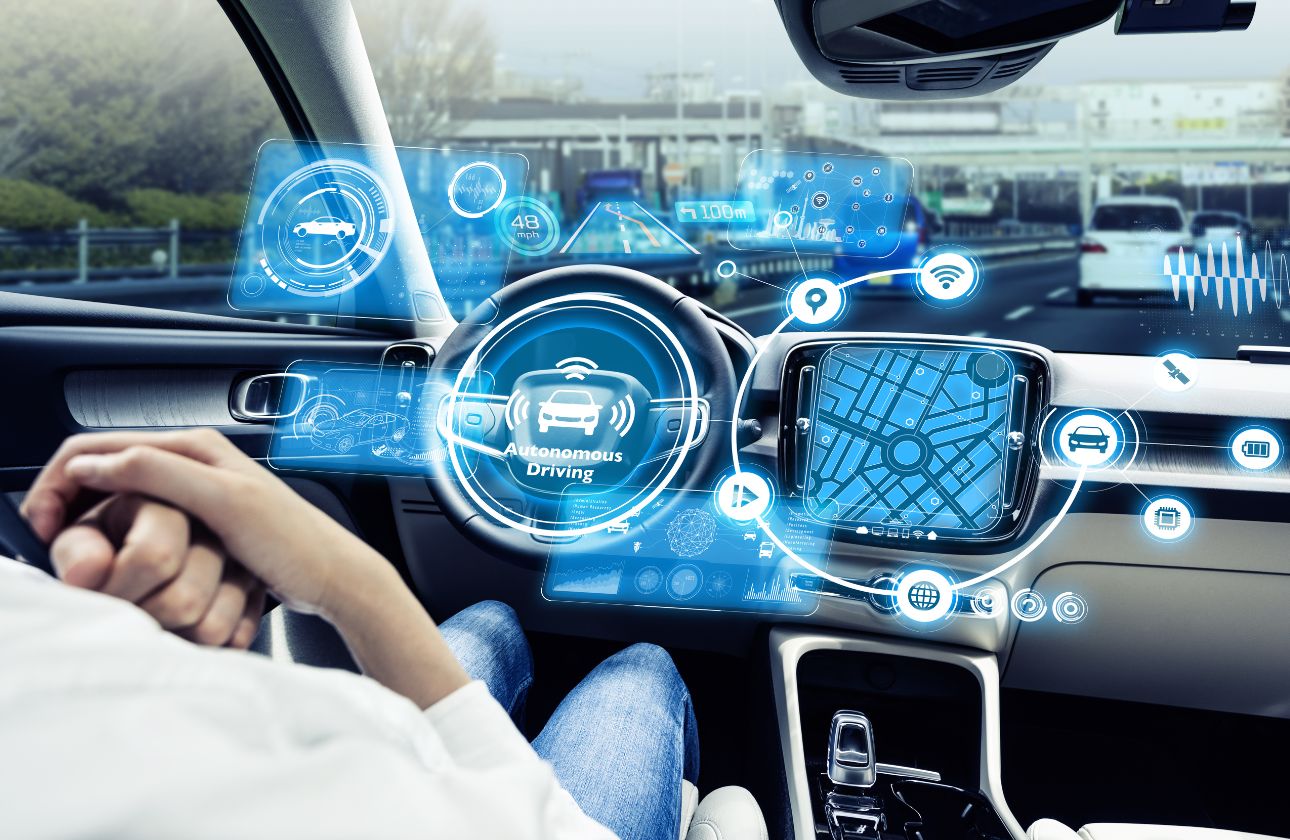The Rise of Autonomous Vehicles:
The world of transportation is on the verge of a revolutionary transformation—one that’s being driven by autonomous vehicles. These self-driving cars, once a concept of science fiction, are now navigating real-world roads, backed by advanced technology and ambitious innovation.
Autonomous vehicles (AVs) promise to reshape how we move, commute, and interact with cities, with far-reaching implications across industries and society.
What Are Autonomous Vehicles?
Autonomous vehicles use sensors, artificial intelligence (AI), cameras, LiDAR, radar, and onboard computers to navigate and make driving decisions without human input. Depending on their autonomy level (from Level 1 to Level 5), they may offer driver assistance features or operate completely driver-free under certain conditions.
How Do They Work?
These vehicles rely on a combination of:
-
Sensor Fusion: LiDAR and radar detect surrounding objects.
-
Machine Learning Algorithms: Understand and react to traffic patterns.
-
Mapping & Localization: GPS and high-definition maps for route guidance.
-
Real-Time Decision Making: AI interprets data to accelerate, brake, or steer.
Together, these systems allow AVs to recognize road signs, avoid obstacles, obey traffic laws, and even anticipate the behavior of other road users.
Benefits of Autonomous Vehicles
-
Increased Road Safety
Human error is the leading cause of accidents. AVs eliminate distractions and react faster than human drivers. -
Reduced Traffic Congestion
With smart communication between vehicles, AVs can optimize routes and reduce unnecessary braking or acceleration. -
Improved Accessibility
AVs can provide mobility to people who cannot drive, including the elderly and disabled. -
Environmental Efficiency
Many AVs are electric, supporting sustainability goals with reduced emissions and fuel consumption. -
Productivity Gains
With driving off the to-do list, time spent in transit can now be used for work, relaxation, or entertainment.
Industries Being Disrupted
-
Logistics & Delivery: Companies like Amazon and FedEx are testing autonomous delivery vans and drones.
-
Ride-Sharing: Uber and Waymo are investing heavily in self-driving taxis.
-
Public Transport: Autonomous shuttles are being piloted in smart cities for first- and last-mile connectivity.
Challenges to Overcome
Despite the potential, several hurdles remain:
-
Regulations: Legal frameworks need to catch up with the pace of technology.
-
Ethical Decisions: AVs must be programmed to make difficult choices in high-risk situations.
-
Cybersecurity: Protecting AVs from hacking is critical for safety and trust.
-
Public Trust: Widespread adoption hinges on convincing users of reliability and safety.
The Future Outlook
By 2030, it’s projected that millions of AVs will be on the road, especially in urban areas. As smart infrastructure (like connected traffic lights and 5G networks) becomes widespread, AVs will integrate more seamlessly into everyday life.
In the long run, autonomous transport could lead to fewer private cars, greener cities, less congestion, and more efficient mobility systems.
The rise of autonomous vehicles isn’t just about cars that drive themselves—it’s about redefining mobility. As technology evolves and infrastructure adapts, we’re moving toward a future where transportation is safer, cleaner, smarter, and more inclusive.
This is not just an upgrade to how we travel—it's a revolution in motion.




Comments (0)